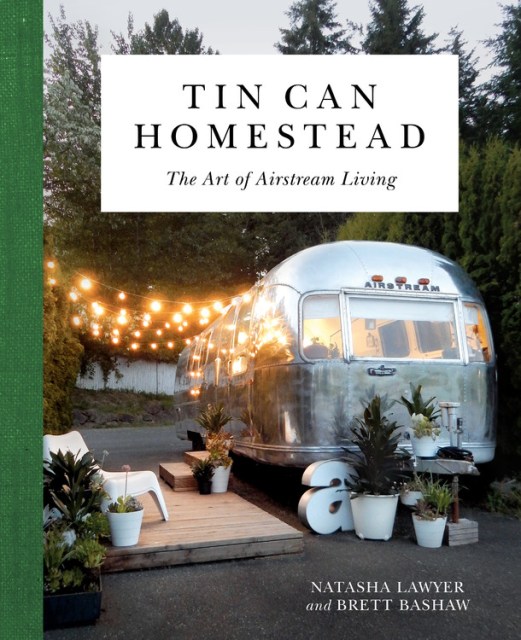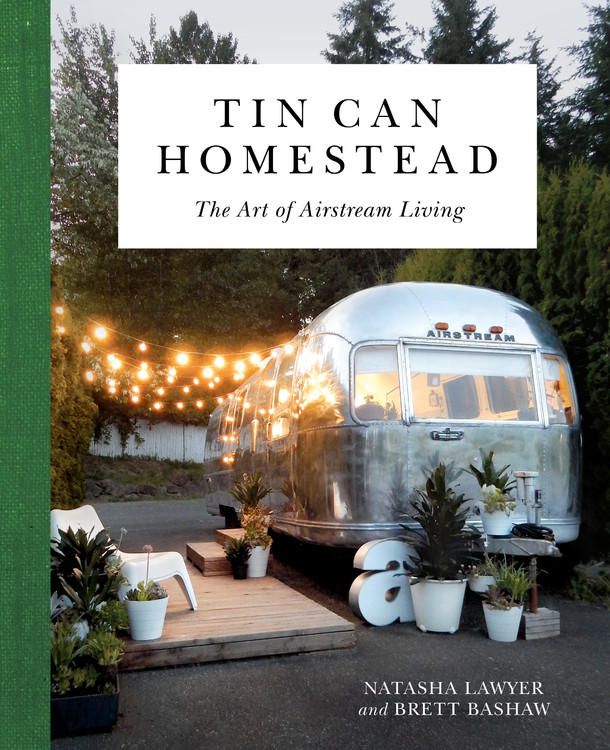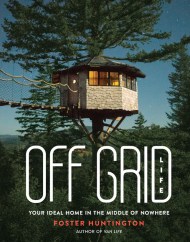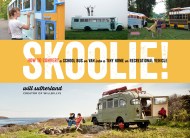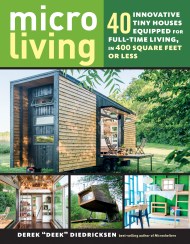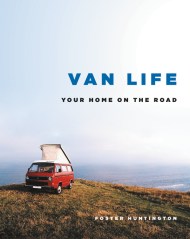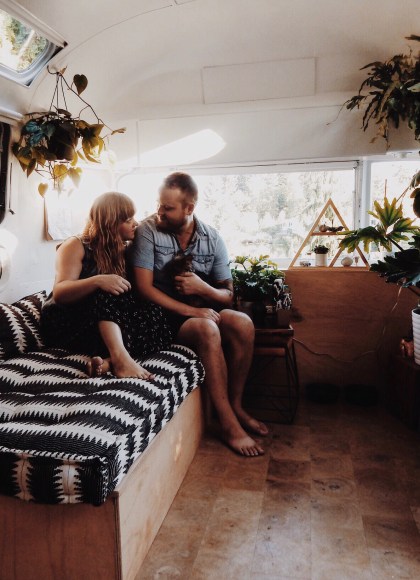Promotion
Use code MOM24 for 20% off site wide + free shipping over $45
Tin Can Homestead
The Art of Airstream Living
Contributors
Formats and Prices
Price
$25.00Price
$31.00 CADFormat
Format:
- Hardcover $25.00 $31.00 CAD
- ebook $13.99 $17.99 CAD
This item is a preorder. Your payment method will be charged immediately, and the product is expected to ship on or around May 1, 2018. This date is subject to change due to shipping delays beyond our control.
Also available from:
The Airstream trailer is the ultimate symbol of vintage wanderlust-and the classic touring vehicle’s resurgent popularity has dovetailed with the tiny house movement, resonating with design-minded individuals looking to live small. Tin Can Homestead, based on the popular Instagram of the same name, is the ultimate resource for these would-be DIY-ers, and the perfect coffee-table addition for anyone looking for streamlined, modern lifestyle inspiration.
Part practical how-to, part lushly illustrated design inspiration, Tin Can Homestead follows the story of one couple as they build themselves a new life in an old Airstream. Through personal stories and down-and-dirty checklists, this book guides readers through all stages of creating their own Airstream homes-from buying a trailer to plumbing and electrical work. With a hip, bohemian aesthetic and a fresh authorial voice, the authors pair their DIY knowledge with lifestyle advice-including dér, design, and entertaining-and abundant illustrations, from in-process photographs to hand-drawn illustrations.
Genre:
- On Sale
- May 1, 2018
- Page Count
- 216 pages
- Publisher
- Running Press
- ISBN-13
- 9780762491445
Newsletter Signup
By clicking ‘Sign Up,’ I acknowledge that I have read and agree to Hachette Book Group’s Privacy Policy and Terms of Use
